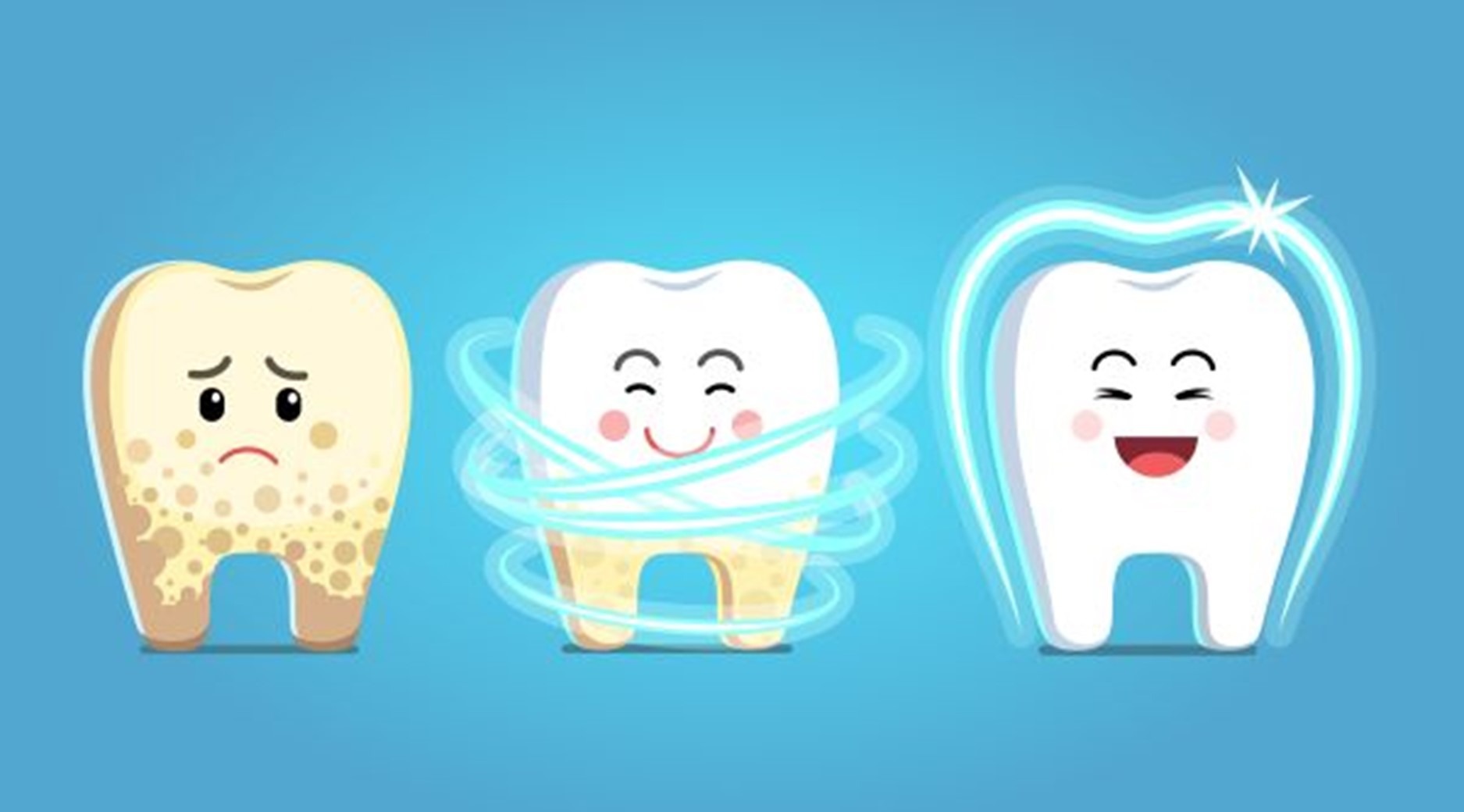Best Dental Clinic In Bangalore Indiranagar | Best Dentist in Bangalore Indiranagar
Teeth Whitening: Is It Safe, Does It Work, and What to Expect?

In recent years, as more and more people aspire to have a dazzling, white smile, teeth whitening has grown in popularity. However, before diving into the world of teeth whitening, it is important to understand the safety, efficacy, and realistic expectations associated with this cosmetic procedure. In this comprehensive guide, we will explore the various methods of teeth whitening, debunk common myths, and provide practical tips for maintaining your newly whitened smile.
Is teeth whitening safe?
One of the most common concerns when it comes to teeth whitening is safety. It is natural to wonder whether this cosmetic procedure can harm your teeth or gums. The good news is that when done properly, teeth whitening is generally considered safe. Most teeth whitening products use hydrogen peroxide or carbamide peroxide as the active ingredient. These bleaching agents work to break down stains on the surface of the teeth, revealing a whiter smile.
However, it is important to note that overuse or incorrect application of teeth whitening products can lead to tooth sensitivity and gum irritation. It is always recommended to follow the instructions provided by the product manufacturer or consult with a dental professional before starting any teeth whitening treatment.
How does teeth whitening work?
Teeth whitening works by removing stains and discoloration from the surface of the teeth. As mentioned earlier, most whitening products use hydrogen peroxide or carbamide peroxide to bleach the teeth. These bleaching agents penetrate the enamel and break down the molecules that cause discoloration, resulting in a whiter appearance.
It is important to understand that teeth whitening can only remove surface stains and cannot change the natural color of your teeth. If you have intrinsic stains, such as those caused by medications or tooth trauma, teeth whitening may not be as effective. In such cases, alternative cosmetic dental procedures like veneers or bonding may be recommended.
Types of teeth whitening methods
There are various methods available for teeth whitening, ranging from over-the-counter products to professional treatments. Let’s take a closer look at each of these choices.
Over-the-counter teeth whitening products
Over-the-counter teeth whitening products, such as whitening toothpaste, whitening strips, and whitening gels, are readily available in most drugstores and supermarkets. These products are typically more affordable than professional treatments but may take longer to achieve noticeable results.

Mild abrasives are used by whitening toothpaste to get rid of surface stains. Whitening strips and gels, on the other hand, contain peroxide-based bleaching agents that whiten the teeth over time. It is important to follow the instructions provided and use these products as directed to avoid potential side effects.
Professional teeth whitening options
If you are looking for faster and more dramatic results, professional teeth whitening options may be the way to go. These treatments are typically performed by a dental professional and offer more powerful and concentrated bleaching agents.

One common professional teeth whitening method is in-office bleaching. During this procedure, a dentist applies a high-concentration bleaching gel to the teeth and uses a special light or laser to activate the whitening process. In-office bleaching can often achieve noticeable results in just one visit.
Another option is take-home whitening kits provided by dentists. These kits include custom-made trays and a professional-strength bleaching gel. The patient wears the trays for a specified amount of time each day, usually for a couple of weeks, until the desired level of whitening is achieved.
The Wonders of Laser Tooth Whitening

Laser bleaching, also known as laser tooth whitening, is a popular cosmetic dental procedure designed to enhance the brightness of teeth. This advanced technique employs a concentrated beam of light, typically a hydrogen peroxide gel activated by a laser, to break down stubborn stains and discoloration on the teeth’s surface. The process begins with the application of a protective barrier to shield the gums, followed by the application of the whitening gel. The focused laser then activates the gel, accelerating the whitening process. The intense light helps to penetrate the enamel, effectively lifting deep-seated stains and brightening the teeth. This procedure is renowned for its efficiency, often resulting in noticeably whiter teeth in just one session, providing individuals with a radiant and confident smile
Factors to consider before teeth whitening
Before undergoing any teeth whitening treatment, there are several factors to consider. Firstly, it is important to assess the overall health of your teeth and gums. If you have untreated dental issues, such as cavities or gum disease, it is recommended to address these concerns before pursuing teeth whitening.
It is also essential to manage your expectations. Teeth whitening can produce significant improvements in the color of your teeth, but it is not a magic solution. The results can vary depending on factors such as the severity of the stains, the method used, and individual variations in tooth structure.
Additionally, it is crucial to be aware of the potential side effects of teeth whitening. As mentioned earlier, tooth sensitivity and gum irritation can occur if the products are not used correctly. If you experience any discomfort during or after the whitening process, it is advisable to consult with your dentist.
Realistic expectations for teeth whitening

Having realistic expectations is key to being satisfied with the results of your teeth whitening treatment. While teeth whitening can significantly improve the appearance of your smile, it is important to understand that the degree of whitening achieved may vary.
The effectiveness of teeth whitening can be influenced by factors such as the type and severity of the stains, the method used, and individual variations in tooth structure. It is also worth noting that the results are not permanent, and your teeth will naturally accumulate new stains over time. However, with proper maintenance and occasional touch-ups, you can enjoy a brighter smile for an extended period.
Maintaining teeth whitening results
It’s critical to keep the results of teeth whitening as long as possible after you’ve reached your ideal level of whiteness. Here are some practical tips to help you preserve your newly whitened smile:
- Practice good oral hygiene: Brush your teeth at least twice a day, floss regularly, and rinse with an antiseptic mouthwash. Maintaining a clean mouth can help prevent new stains from forming.
- Limit stain-causing foods and drinks: Certain foods and beverages, such as coffee, tea, red wine, and berries, can stain your teeth. Consider reducing your consumption of these items or rinsing your mouth with water after consuming them.
- Quit smoking: Smoking raises your risk of oral cancer and gum disease in addition to discoloring your teeth. Quitting smoking is not only beneficial for your overall health but also helps maintain your teeth whitening results.
- Schedule regular dental cleanings: Professional dental cleanings can remove surface stains and help keep your teeth and gums healthy. See your dentist regularly for cleanings and examinations.
Common teeth whitening myths debunked

Regarding teeth whitening, there are several myths and misunderstandings. Let’s disprove a few of the most common ones:
Myth: Teeth whitening damages the enamel.
- Reality: When done correctly, teeth whitening does not damage the enamel. The bleaching agents used in whitening products are designed to be safe for tooth enamel.
Myth: Teeth whitening works for everyone.
- Reality: The effectiveness of teeth whitening can vary depending on factors such as the type and severity of stains and individual tooth structure. Some individuals may achieve better results than others.
Myth: Whitening toothpaste is as effective as professional treatments.
- Reality: Whitening toothpaste can help remove surface stains, but they are not as effective as professional treatments in achieving significant whitening results.
Myth: Teeth whitening is a one-time treatment.
- Reality: Teeth whitening is not a one-time treatment. Depending on the method used, you may need occasional touch-ups to maintain the results.
Conclusion: Making an informed decision about teeth whitening

Brightening your teeth can be a secure and efficient method to improve the look of your smile. By understanding the various methods of teeth whitening, managing your expectations, and maintaining good oral hygiene, you can enjoy a brighter, whiter smile for years to come.
If you are considering teeth whitening, consult with Smile Makeovers Bangalore a dental professional to determine the best treatment option for you. Remember, making an informed decision and following the recommended guidelines will help you achieve the best possible results.
CTA: Schedule a consultation with your dentist today to discuss your teeth whitening options and start your journey towards a brighter smile.
